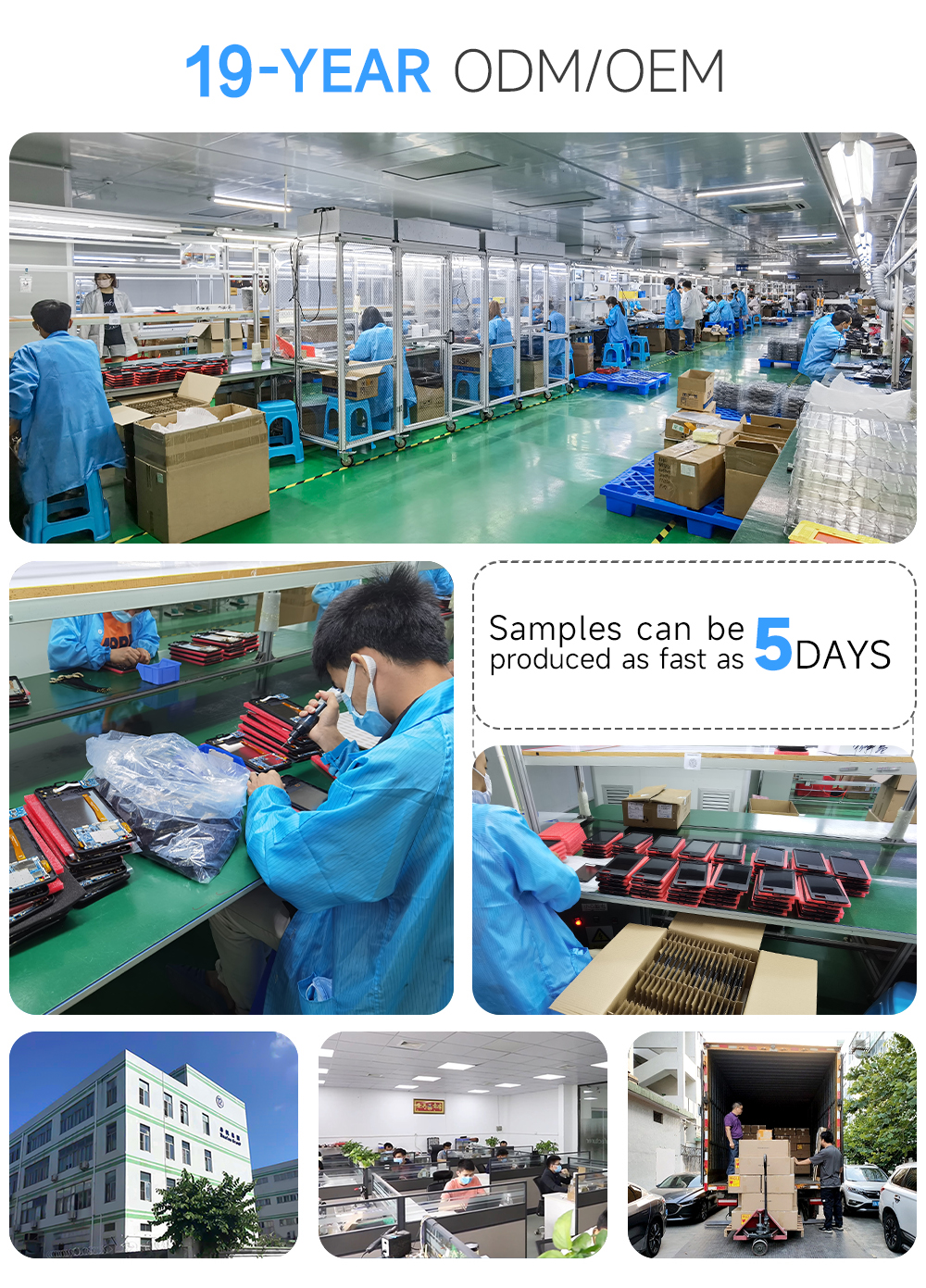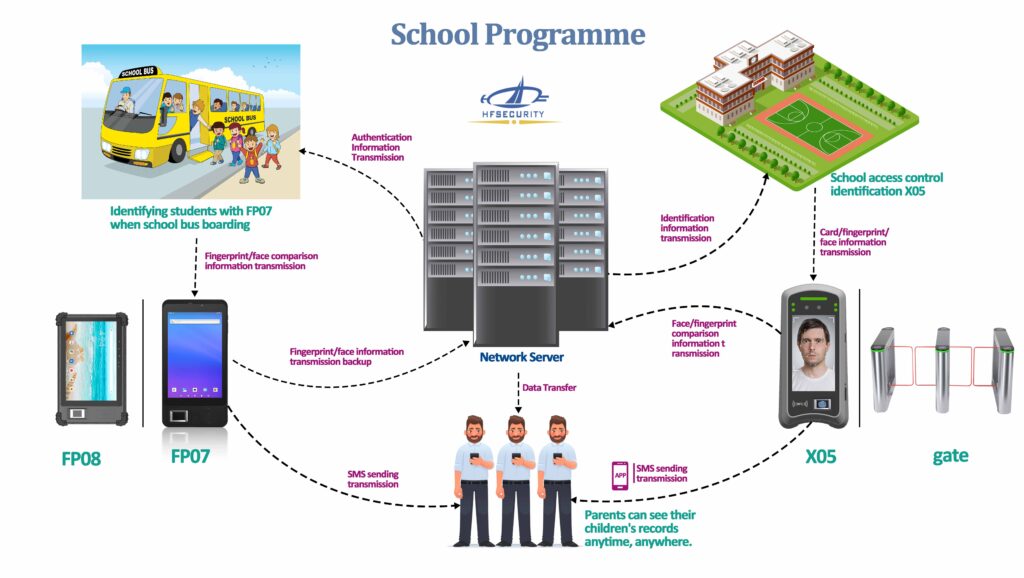In an era marked by rapid technological advancements, educational institutions are increasingly embracing innovative solutions to enhance security, streamline administrative processes, and ensure a conducive learning environment. One such groundbreaking development is the integration of Facial Time and Attendance Access Control Devices on campuses. This essay explores the multifaceted benefits of these devices, examining how they contribute to heightened security measures, efficient attendance tracking, and the overall well-being of students and staff.
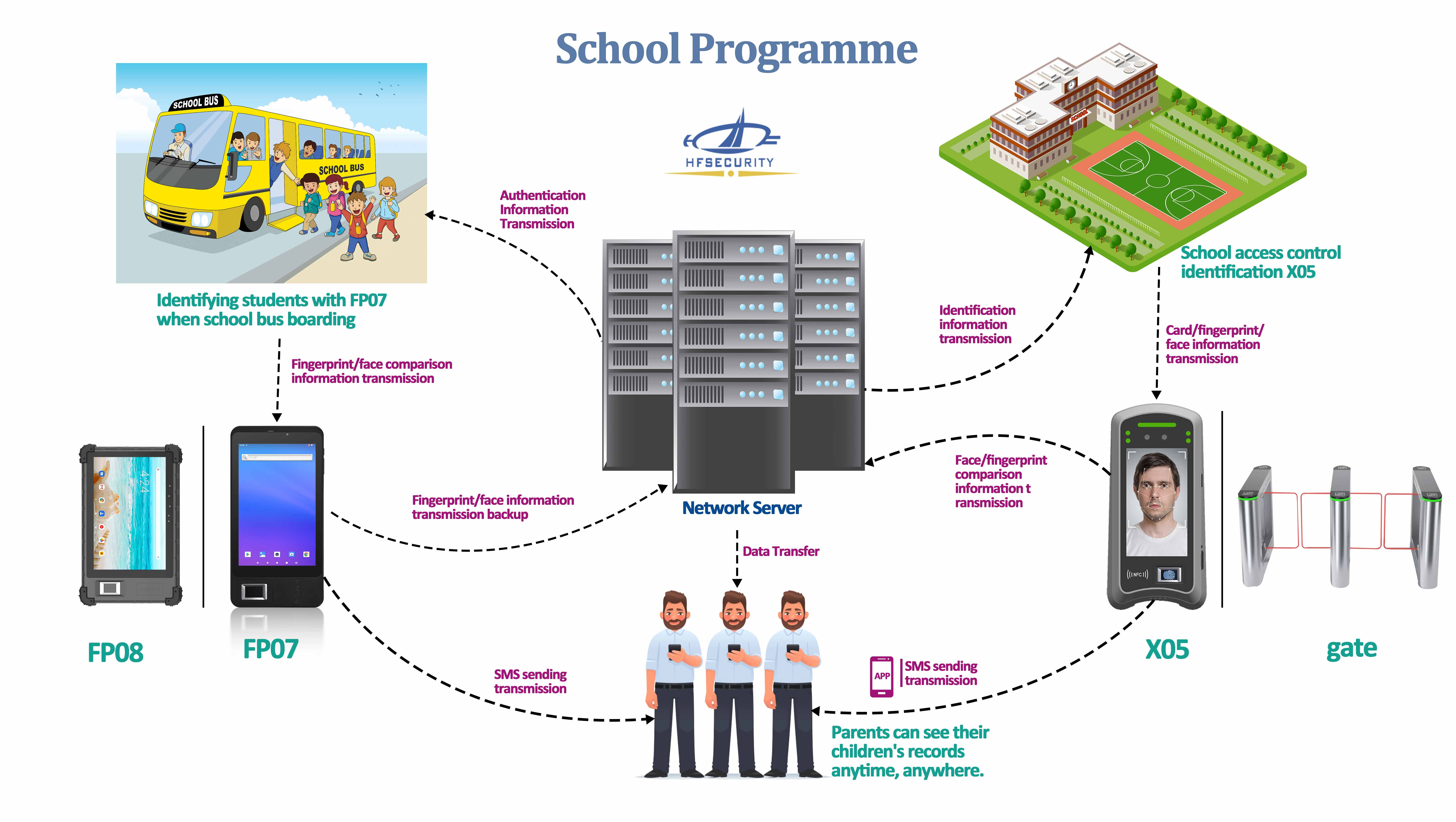
Security Reinforcement:
Campus security is a paramount concern for educational institutions worldwide. Traditional methods of access control, such as keycards or PIN codes, have proven susceptible to breaches and unauthorized access. Facial recognition technology offers a more robust solution by providing an additional layer of security. Facial Time and Attendance Access Control Devices use advanced algorithms to analyze unique facial features, making it significantly harder for unauthorized individuals to gain access to sensitive areas on campus.
Moreover, these devices can be integrated with existing security systems, allowing for real-time monitoring and alerts in the event of any suspicious activity. The proactive nature of facial recognition technology enhances campus security, fostering a safer environment for both students and staff.
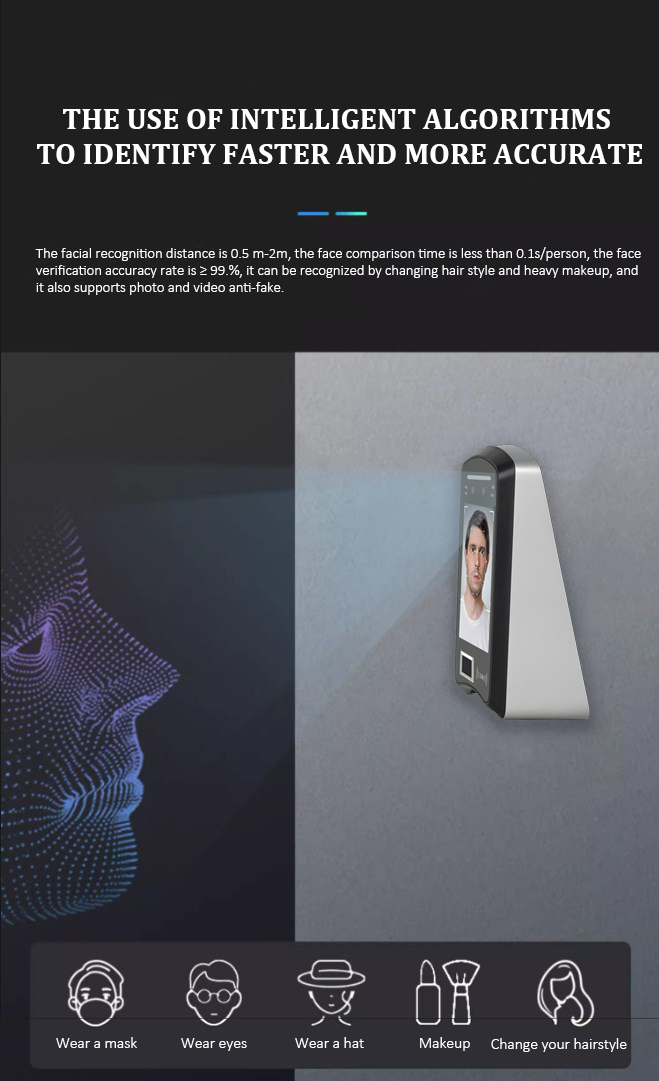
HFSecurity Facial Recognition Access Control X05
Efficient Time and Attendance Tracking:
In the realm of administrative efficiency, Facial Time and Attendance Access Control Devices streamline the process of tracking attendance. Traditional methods, such as manual sign-ins or swipe cards, are not only time-consuming but also prone to errors. Facial recognition devices automate the attendance tracking process, eliminating the need for manual data entry and reducing the likelihood of errors.
By seamlessly integrating with campus databases, these devices provide accurate and up-to-date attendance records. This not only saves time for administrative staff but also allows for better resource allocation and planning. The automation of attendance tracking contributes to a more efficient and organized campus environment.
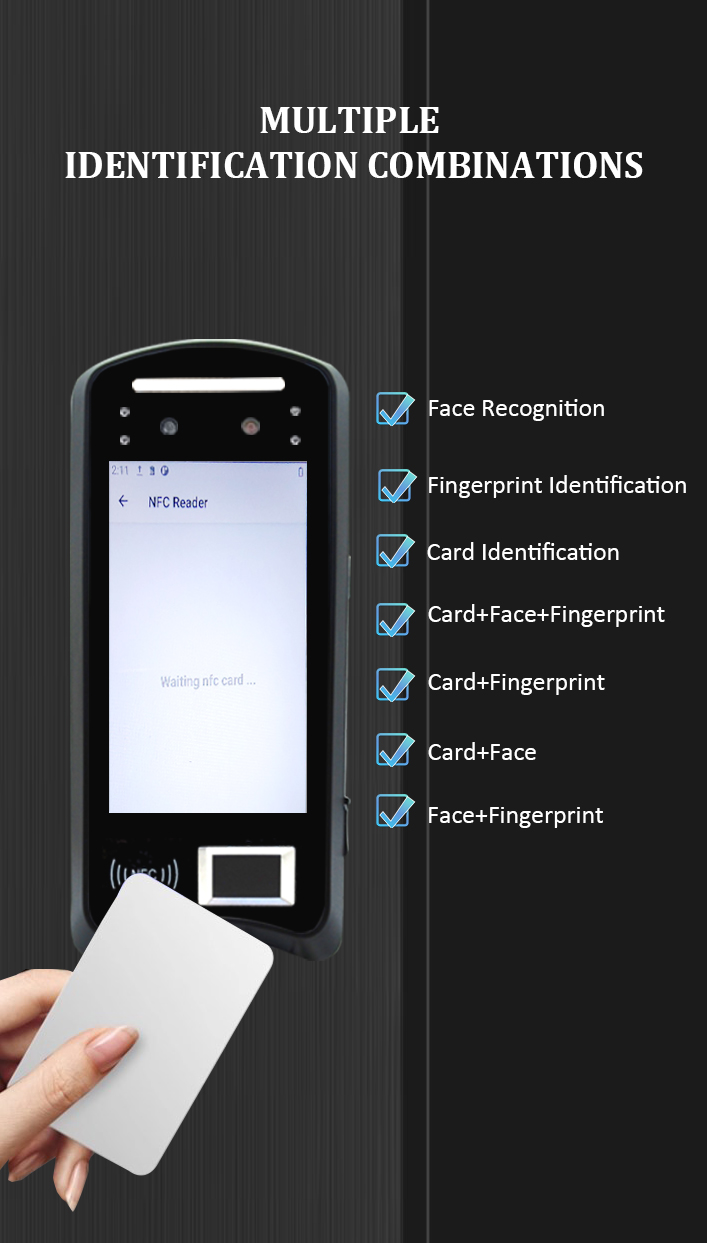
HFSecurity X05 Multi-function Facial Recognition Access Control
Enhancing Student and Staff Experience:
The adoption of Facial Time and Attendance Access Control Devices positively impacts the overall experience of students and staff on campus. The convenience of a contactless, facial recognition-based access system eliminates the need for physical keys or cards, reducing the likelihood of loss or theft. This not only enhances security but also simplifies the daily routines of individuals on campus.
For students, quick and accurate attendance tracking means more time for focused learning and less time spent on administrative processes. Similarly, faculty and staff benefit from a streamlined system that allows them to concentrate on their primary responsibilities without the burden of manual attendance management.
Addressing Privacy Concerns:
While the benefits of Facial Time and Attendance Access Control Devices are evident, it is crucial to address concerns related to privacy. Educational institutions must implement robust policies and practices to ensure the responsible use of facial recognition technology. This includes transparent communication with students and staff about the purpose of the technology, the data being collected, and the measures in place to safeguard privacy.
By incorporating privacy safeguards, such as data encryption and access controls, campuses can strike a balance between the advantages of facial recognition technology and the protection of individuals’ privacy rights. It is essential to establish trust and transparency in the deployment of these devices to garner support from the campus community.
Future Implications and Adaptability:
The integration of Facial Time and Attendance Access Control Devices in campus settings is not merely a contemporary trend; it represents a glimpse into the future of educational technology. As technology continues to evolve, these devices can be further augmented with additional functionalities, such as temperature screening or contact tracing, to address emerging challenges like public health crises.
The adaptability of facial recognition technology ensures that campuses remain at the forefront of security and administrative efficiency. As educational institutions invest in these innovations, they position themselves to meet the evolving needs of the academic community and contribute to a more resilient and responsive campus environment.
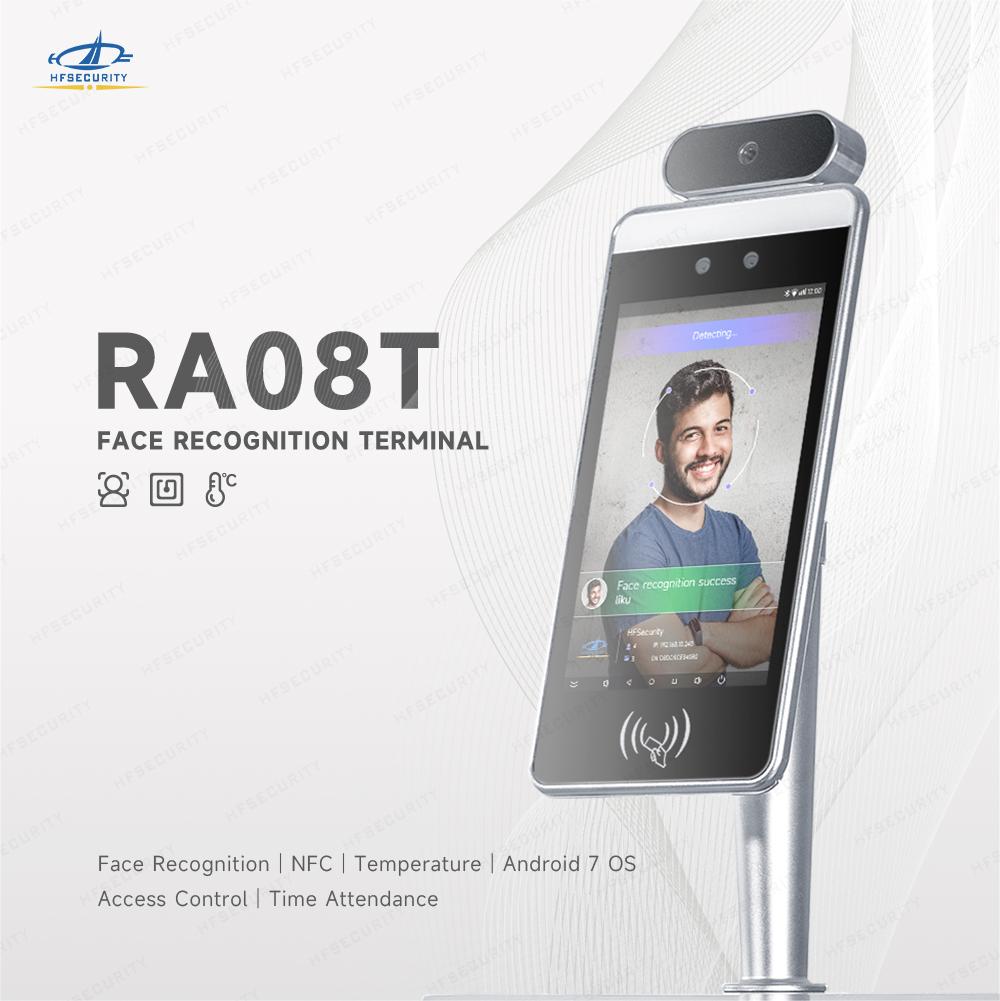
RA08T Face Temperature Attendance Access Control
Conclusion:
Facial Time and Attendance Access Control Devices have emerged as a transformative force in campus security and administrative efficiency. Their integration represents a progressive step towards creating secure, technologically advanced, and streamlined educational environments. By addressing concerns related to privacy and emphasizing responsible use, educational institutions can harness the full potential of facial recognition technology to benefit both students and staff. As these devices continue to evolve, the future holds exciting possibilities for further enhancements in campus security and administrative processes.
